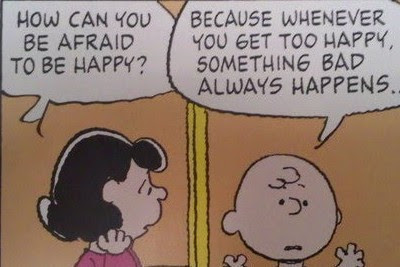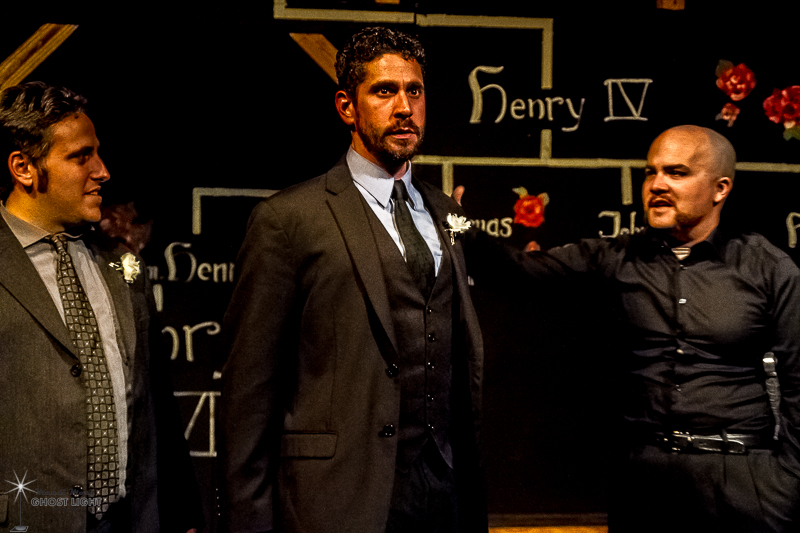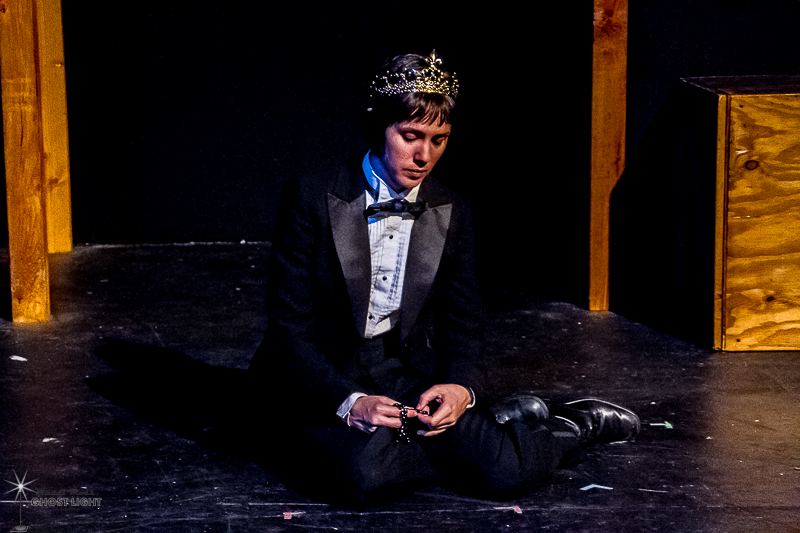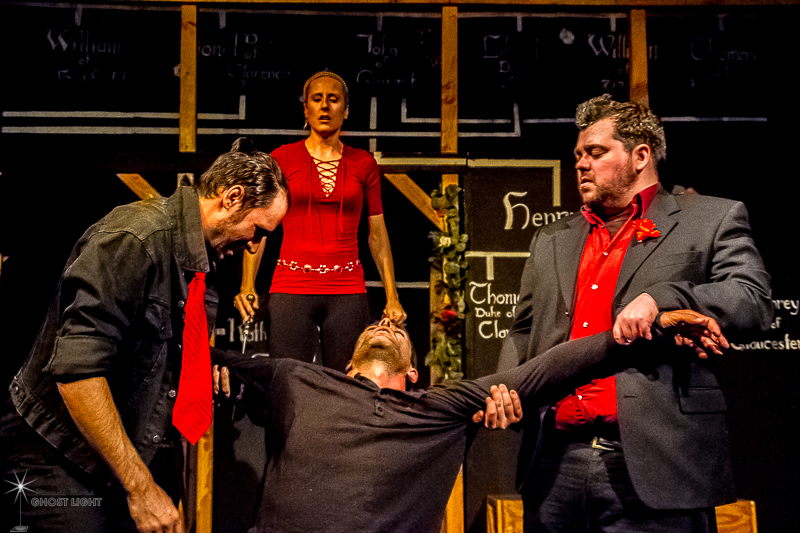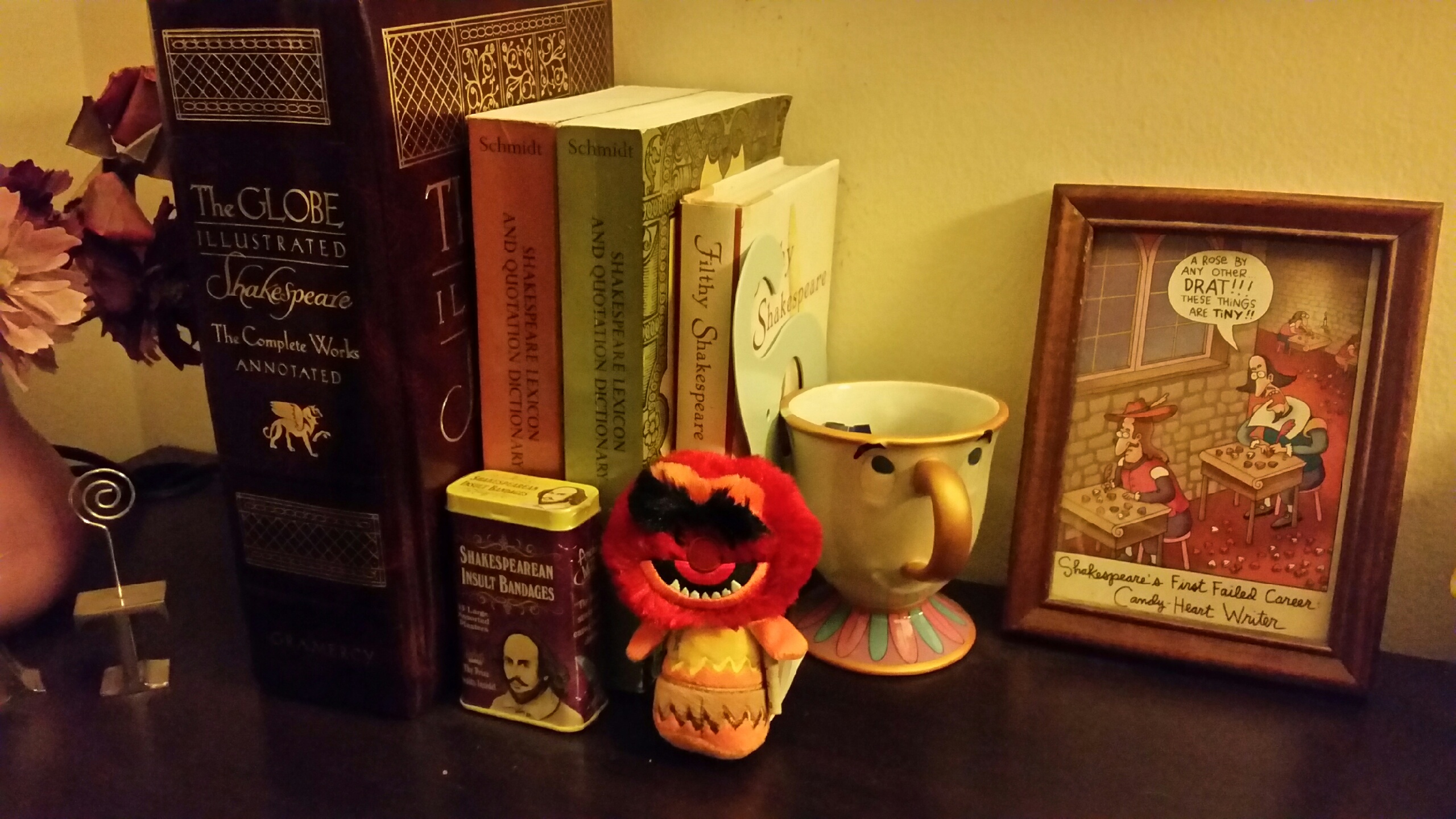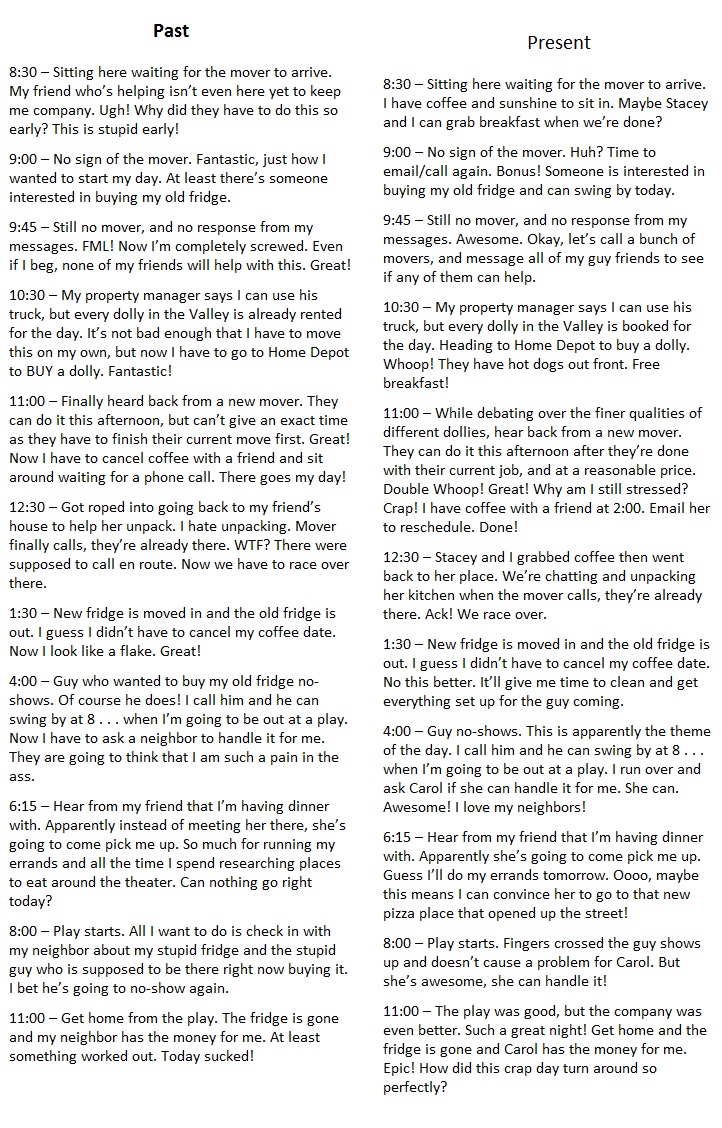It was recently brought to my attention that someone whom I had considered to be my hero when I was growing up, was actually one of, if not the main contributor to the dysfunction of my childhood. Years ago I came to accept that this person fell far short of the label hero. However, in my mind they were most definitely ‘Team Kat.’ This person had my back, they were on my side and every other cliché you can think up. This person’s role in my life had been down-graded, but was most definitely still looked upon with esteem.
Then the PTSD hit, and with it came large amounts of therapy. If I’d been able to afford it, I would have seen my therapist twice a week, but as it was, it was a financial strain to see her once a week. So that had to suffice. This is not the first therapist I have seen. That list is quite long, and from experience I can say that there is nothing better than a good therapist. There is also very little, short of the abuse that sent you to the therapist in the first place, that is worse than a bad therapist. Now when I say good and bad, I mean in relation to how you work with that particular therapist. You can go to an award-winning therapist (does that even exist?), but if you don’t understand each other or you don’t jive with the way that they work, then they are bad for you. Of course, there are also therapists who are just plain bad at their job. I had one that half way through a session I started giving him advice. Yeah, I stopped seeing that guy.
At any rate, through this therapy, I began to discover that I had told myself copious amounts of lies while growing up. Lies to soften the edges of the truth, or to outright hide the truth and allow my young mind to survive intact. Those lies eventually shattered, bombarding me with the truths that I had been hiding for twenty years. Hence the PTSD. As I have sifted through the wreckage, sorting the fabricated from the real, I have discovered that the truth is where heroes go to die. All people have a dark side. They all make mistakes and they all do things unworthy of hero-status. The question becomes, how much of that are you willing to overlook? At what point do you learn too much for your hero to remain a good guy?
In my case, it turns out that the hero status was granted simply because a hero was needed. Therefore, all actions that would preclude that title were ignored and covered up. It was what I needed at the time, so I overlooked the foibles of the person in front of me and imagined the person I needed. When I no longer needed the hero, enough of the façade melted away to reveal a normal person. Almost a Superman, Clark Kent scenario. As a child I had only seen Superman, in my twenties I only saw Clark Kent. So what do I do now that the harsh light of truth has revealed this person to be Lex Luther* all along? Do I allow the truth to act as kryptonite and destroy my hero for good, or do I ignore the truth, allowing the childhood fantasy to persist? Even if only to preserve the memory of having one person on my side. A gentle lie to hide the harsh truth. I can’t decide.
*Okay, that’s unfair. I doubt there were any deliberate plots or machinations going on, but for the sake of my metaphor I’m gonna run with it.


